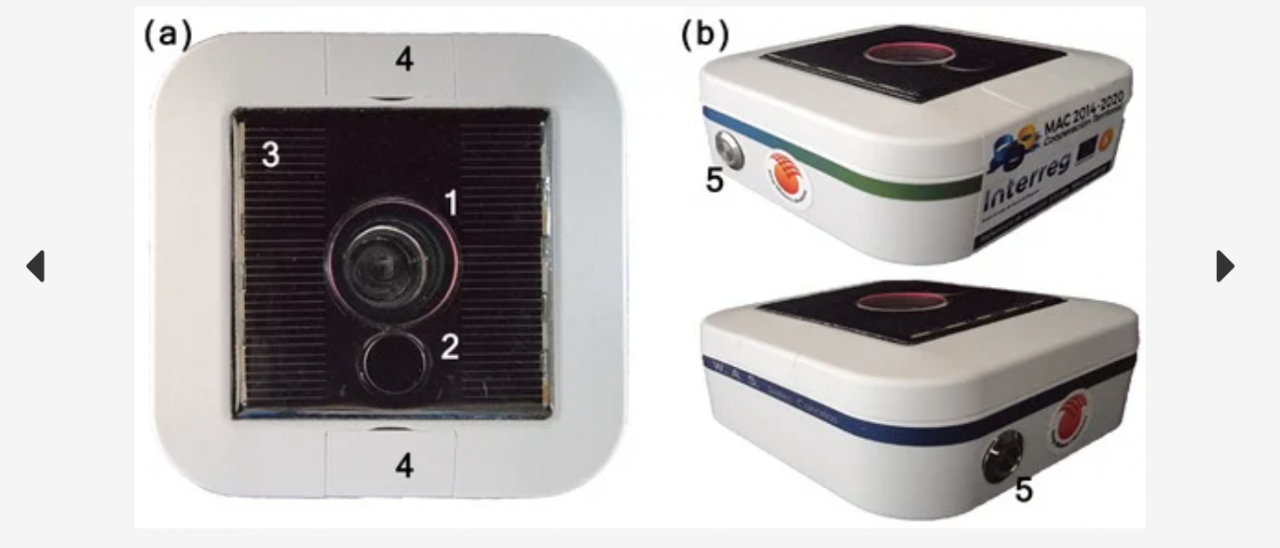The main features of SG-WAS (SkyGlow Wireless Autonomous Sensor), a low-cost device for measuring Night Sky Brightness (NSB), are presented. SG-WAS is based on the TSL237 sensor –like the Unihedron Sky Quality Meter (SQM) or the STARS4ALL Telescope Encoder and Sky Sensor (TESS)–, with wireless communication (LoRa, WiFi, or LTE-M) and solar-powered rechargeable batteries. Field tests have been performed on its autonomy, proving that it can go up to 20 days without direct solar irradiance and remain hibernating after that for at least 4 months, returning to operation once re-illuminated. A new approach to the acquisition of average NSB measurements and their instrumental uncertainty (of the order of thousandths of a magnitude) is presented. In addition, the results of a new Sky Integrating Sphere (SIS) method have shown the possibility of performing mass device calibration with uncertainties below 0.02 mag/arcsec2. SG-WAS is the first fully autonomous and wireless low-cost NSB sensor to be used as an independent or networked device in remote locations without any additional infrastructure.

